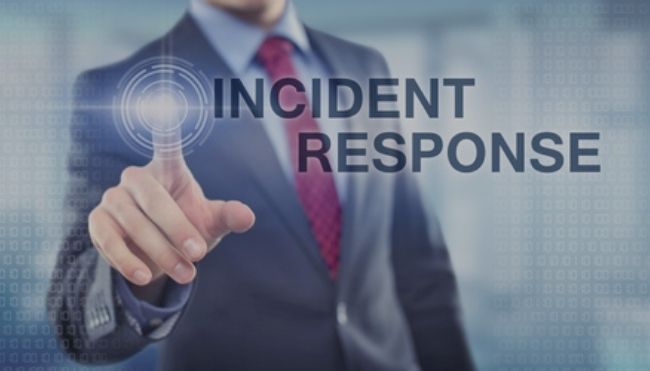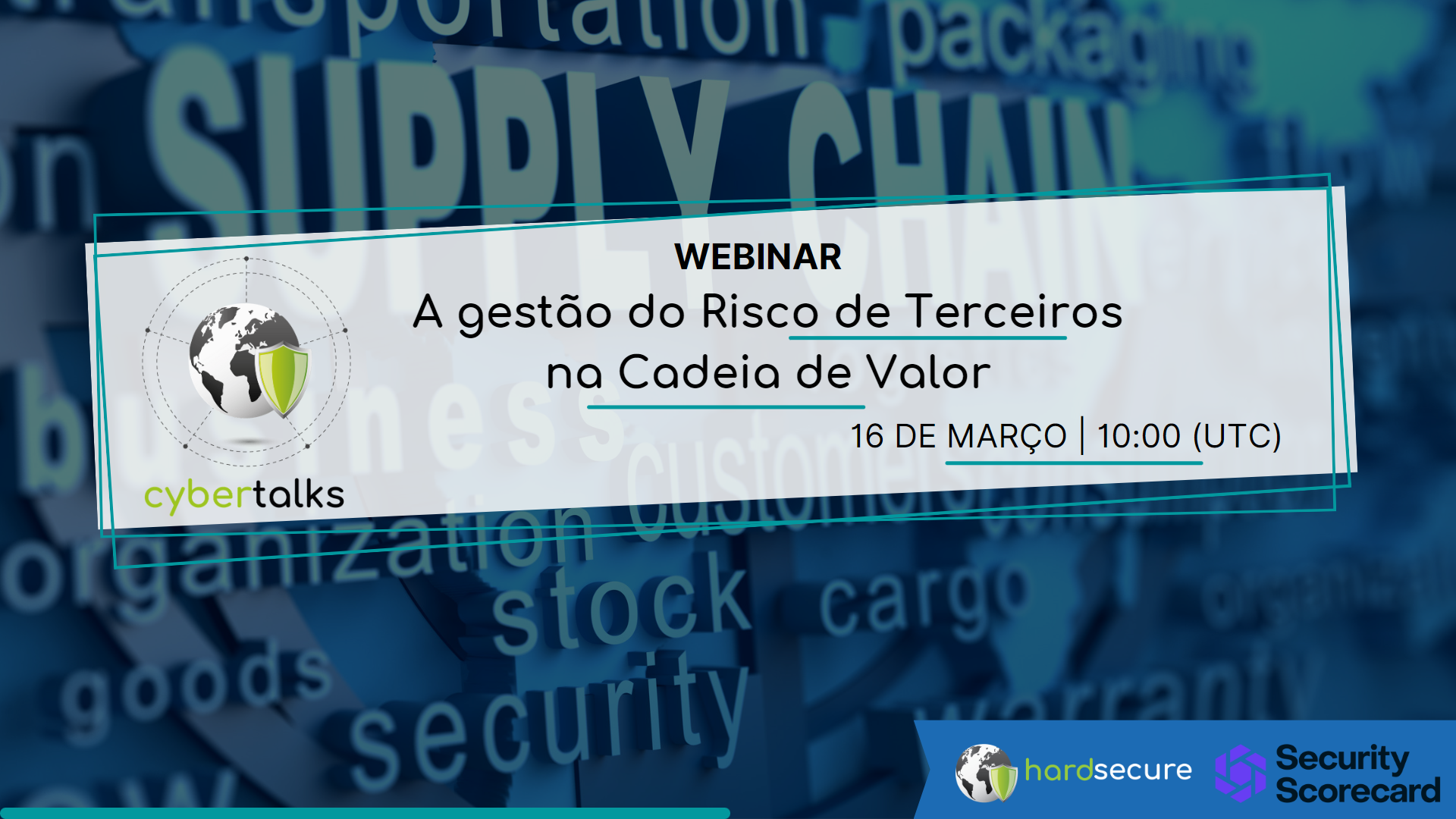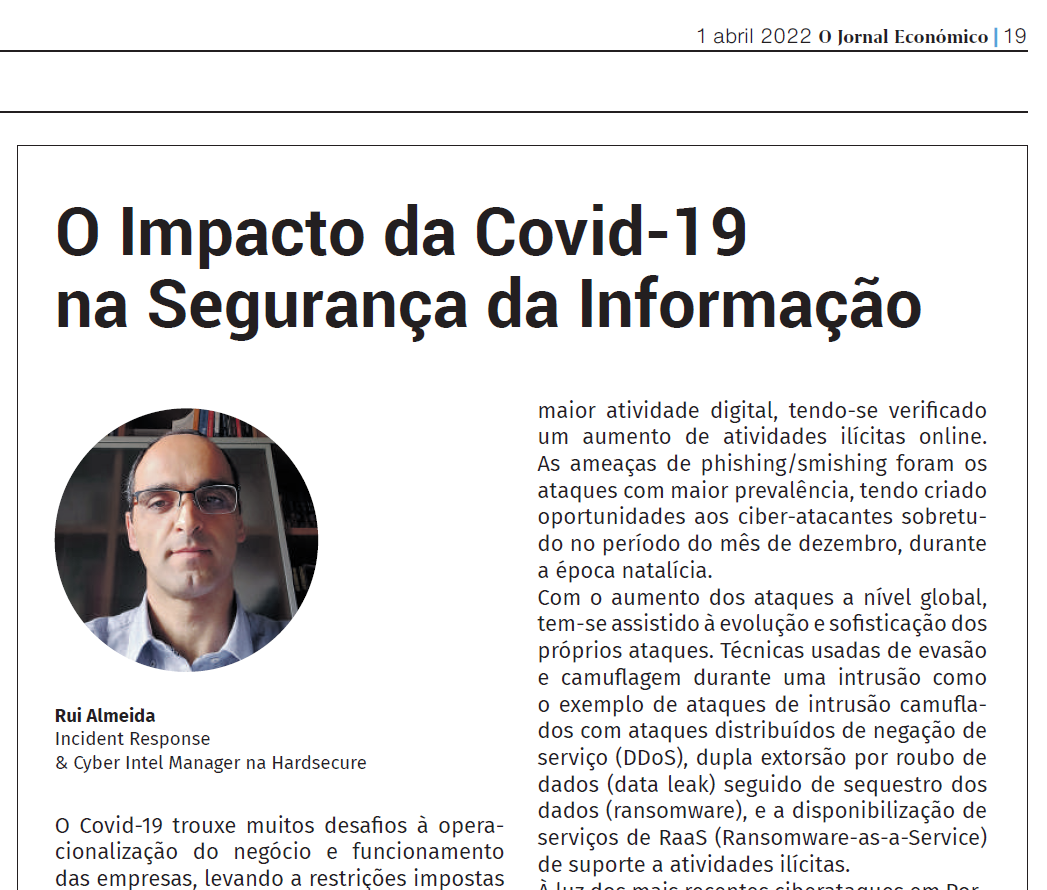
The increase in security incidents has shown that one SOC team is not enough and that organizations need a proactive response to threats, hence the Incident Response Teams.
This article will reveal to you the main differences between the main security teams: Security Operations Center (SOC) and the Incident Response Team.
WHAT IS INCIDENT RESPONSE?
Incident response is a methodology for organizing the process of responding to security events. Organizations usually create a team or department to carry out their incident response practices.
An incident response team consists of security analysts as well as human resources and management professionals. A cross-functional incident response team ensures that the organization has the right mix of talent needed to effectively respond to security threats. The team usually has a leader (usually the CISO) and a technical team.
HOW DOES THE SOC TEAM?
SOC (Security Operations Center) refers to the facility where a team performs security tasks and the team responsible for the organization’s overall cybersecurity.
The SOC is responsible for the prevention, incident response, and risk management.
The main functions of the SOC team are:
1. Real-time analysis: real-time monitoring and Screening
2. Trends and Intel: Cyber Intel Collection and Analysis
3. Incident Analysis and Response: Incident Analysis and Remote Incident Response
4. Analysis and Evaluation: Network Mapping and Vulnerability Scanning.
HOW DOES THE INCIDENT RESPONSE TEAM?
The focus of the incident response team is incident management, based on reporting, analysis, and response.
The effectiveness of their work is the rapid response to an incident, which can minimize the damage through containment and recovery solutions.
THE MAIN FUNCTIONS OF THE INCIDENT RESPONSE TEAM ARE:
1. Real-time analysis: real-time monitoring and Screening; and SPOC- Single Point Of Contact (Incident Response Center).
2. Trens and Intel: Cyber Intel Collection and Analysis; Cyber Intel Distribution; Cyber Intel Creation; Cyber Intel Fusion; Major Incidents and Threat Trends (permanent update against new threats); Threat Assessment.
3. Incident Analysis and Response: Incident Analysis; Tradecraft Analysis; Incident Response Coordination; Implementing Countermeasures; Local Incident Response; and Remote Incident Response.
4. Artifacts Analysis: Forensic manipulation of artefacts; malware analysis; Forensic analysis of artefacts
5. Auditing and Internal Threats: Collect and store audit data; Audit Content Creation and Management; Support for Internal Threats; and Investigation for Internal Threats.
6. Analysis and Evaluation: Network Mapping; Vulnerability Scanning; Vulnerability Assessment; Penetration Testing; and OWASP.
7. Divulgation: Application evaluation; Security Consulting; and Training and Awareness.
WHAT ARE THE MAIN DIFFERENCES BETWEEN THE SOC TEAM AND THE INCIDENT RESPONSE TEAM?
Both teams have similarities in the tasks they perform and complement each other.
The incident response team takes a more hands-on perspective, acting immediately to stop the threat and prevent damage. The SOC team takes a broader approach, intervening only in incident resolution when there is no incident response team.
SOC TEAM
Threat detection: monitors and detects threats.
Alert triage: analyses and prioritizes alerts.
Structure: usually operates alone, without sharing information with other SOCs.
Incident management: when there is no incident response team it is the SOC team that takes responsibility. In the case of organizations that have both teams, the SOC team assists the incident response team with threat intelligence.
INCIDENT RESPONSE TEAM
Incident Management: fast and effective response to security incidents. Develops and refines the incident response plan.
Structure: the team is usually structured with other incident response teams or SOCs. It may be organized regionally or nationally.
Threat detection: the incident response team usually receives threat intelligence solutions through the SOC team, leveraging that information to detect threats.
Both teams are complementary and necessary to get the most out of a cybersecurity department. A SOC team will always be needed to upgrade the cybersecurity department, complete with the incident response team.




